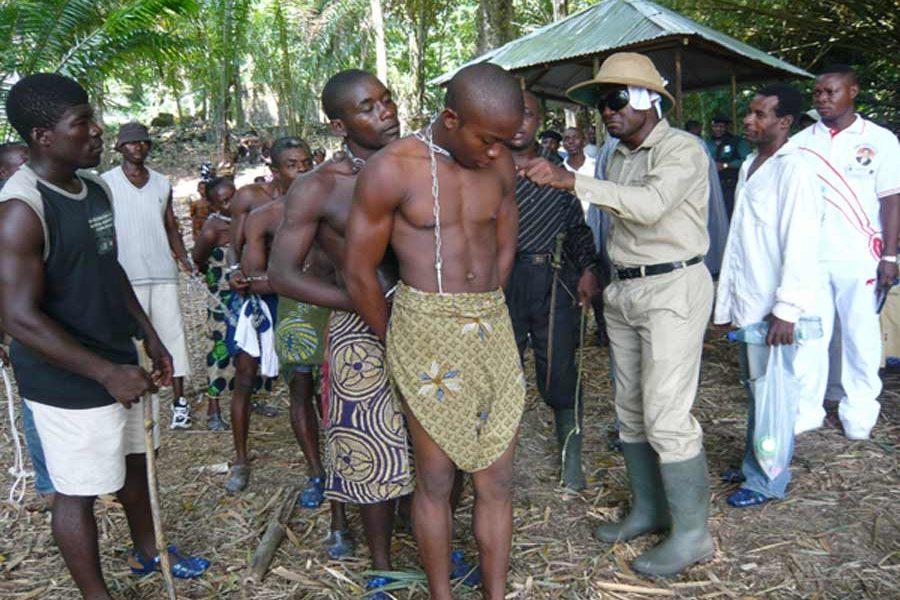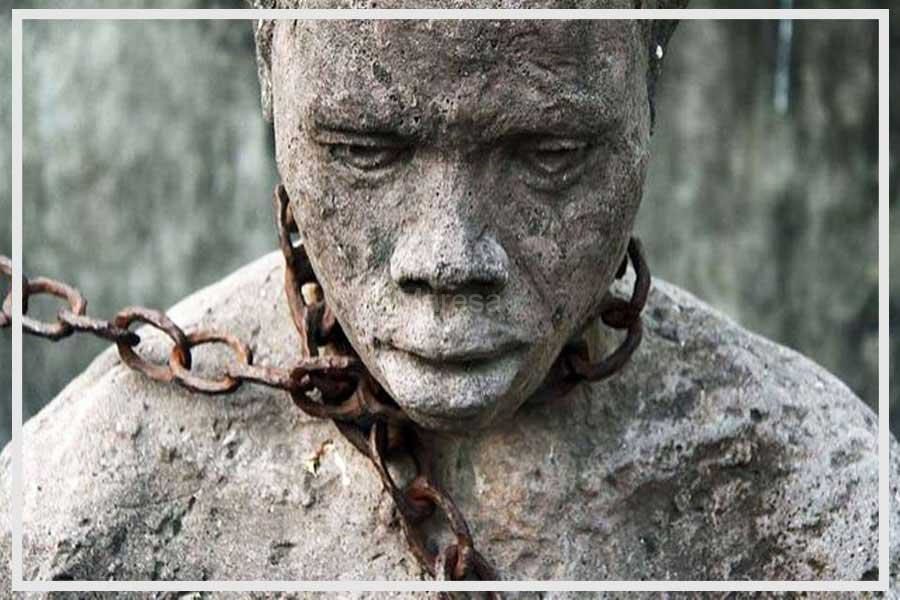The slave port of Bimbia is a vestige of the slave trade, having served as a slave trading post and transit zone for black slaves sold to the Americas. More than 10% of the 12 million people exiled in the Americas have left this village in southwest Cameroon called Dikolo in the locality of Bimbia. It is one of the most important transatlantic trading ports along with the island of Gorée.
Discovered in 1987 and classified as part of the national heritage of Cameroon, this site of “deportation” of slaves came out of anonymity in 2010 with the launch of the Return to Origins Program for Reconnection with Africa (Ancestry Reconnection) supported by the American association ARK Jammers.
In Bimbia, vestiges still bear witness to the tragic past: pieces of chains hung on sagging walls and at the level of the slaves’ manger, writings marked on stones, pieces of iron and above all, this opening onto the Atlantic Ocean. , the starting point for the slave ships. On the ruins of the buildings, still stand monumental brick and stone pylons. Marks suggest that the captives were chained there.


